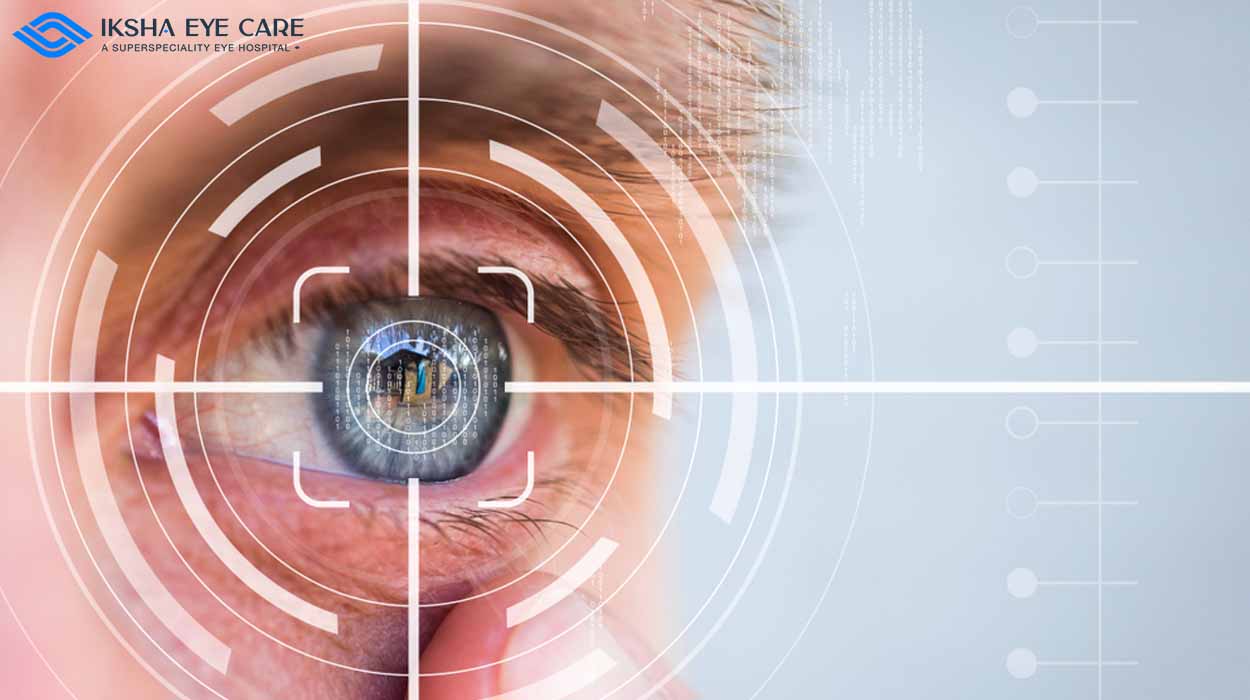Specialist Glaucoma Service Near Me: Advanced Therapy Options
Specialist Glaucoma Service Near Me: Advanced Therapy Options
Blog Article
The Function of Advanced Diagnostic Tools in Identifying Eye Disorders
In the world of ophthalmology, the usage of sophisticated analysis devices has actually changed the very early identification and management of various eye disorders. From spotting subtle adjustments in the optic nerve to checking the progression of retinal conditions, these technologies play a crucial role in improving the accuracy and performance of diagnosing eye conditions. As the demand for specific and prompt medical diagnoses remains to expand, the combination of innovative tools like optical coherence tomography and visual area testing has come to be essential in the world of eye treatment. The elaborate interaction between technology and sensory practices not just clarifies complex pathologies however additionally opens up doors to tailored treatment techniques.
Significance of Very Early Diagnosis
Early medical diagnosis plays a critical duty in the efficient monitoring and treatment of eye conditions. Prompt recognition of eye problems is essential as it permits timely treatment, potentially preventing additional progression of the illness and minimizing long-lasting issues. By finding eye conditions at a beginning, doctor can use ideal treatment plans tailored to the specific condition, inevitably causing much better results for clients. Early medical diagnosis enables clients to accessibility necessary support solutions and sources earlier, boosting their general high quality of life.

Modern Technology for Spotting Glaucoma
Innovative analysis modern technologies play an essential duty in the very early detection and tracking of glaucoma, a leading reason of permanent blindness worldwide. One such innovation is optical coherence tomography (OCT), which gives comprehensive cross-sectional pictures of the retina, permitting the dimension of retinal nerve fiber layer thickness. This measurement is important in assessing damages caused by glaucoma. One more advanced device is aesthetic field screening, which maps the sensitivity of a patient's visual area, aiding to identify any type of areas of vision loss attribute of glaucoma. In addition, tonometry is used to gauge intraocular stress, a significant danger element for glaucoma. This test is essential as raised intraocular stress can result in optic nerve damages. Furthermore, more recent innovations like making use of expert system algorithms in evaluating imaging data are revealing encouraging results in the early discovery of glaucoma. These sophisticated diagnostic tools enable ophthalmologists to diagnose glaucoma in its beginning, enabling prompt treatment and better administration of the condition to avoid vision loss.
Role of Optical Coherence Tomography

OCT's capacity to evaluate retinal nerve fiber layer density enables precise and objective dimensions, aiding in the very early discovery of glaucoma even prior to aesthetic area flaws come to be noticeable. OCT modern technology allows longitudinal tracking of structural changes over time, facilitating personalized therapy plans and timely treatments to assist protect clients' vision. The non-invasive nature of OCT imaging also makes it a recommended choice for keeping an eye on glaucoma progression, as it can be duplicated routinely without causing discomfort to the person. On the whole, OCT plays an essential function in boosting the diagnostic accuracy and monitoring of glaucoma, ultimately adding to far better end results for individuals at threat of vision loss.
Enhancing Diagnosis With Visual Field Testing
An important part in extensive sensory examinations, aesthetic field testing plays a critical function in improving the diagnostic process for various eye disorders. By assessing the complete degree of a client's visual field, this test gives crucial information about the practical honesty of the entire visual pathway, from the retina to the visual cortex.
Aesthetic field testing is specifically valuable in the diagnosis and monitoring of problems such as glaucoma, optic nerve disorders, and different neurological illness that can impact vision. Via quantitative measurements of peripheral and main vision, clinicians can find refined adjustments that might suggest the presence or development of these problems, even before recognizable signs and symptoms happen.
Additionally, visual area testing allows for the tracking of treatment efficiency, assisting ophthalmologists customize therapeutic treatments have a peek at this site to private clients. eyecare near me. By tracking modifications in visual field efficiency in time, doctor can make educated choices regarding adjusting medicines, recommending medical treatments, or applying various other proper procedures to protect or enhance a person's visual feature
Managing Macular Degeneration
Conclusion
Finally, advanced diagnostic tools play an essential role in identifying eye disorders early on. Technologies such as Optical Coherence Tomography and aesthetic area screening have actually considerably enhanced the accuracy and efficiency of diagnosing conditions like glaucoma and macular deterioration. Early discovery enables timely treatment and administration of these conditions, ultimately leading to better end results for individuals. It is essential for healthcare specialists to remain updated on these advancements to give the ideal possible look after their people. eyecare near me.
Report this page